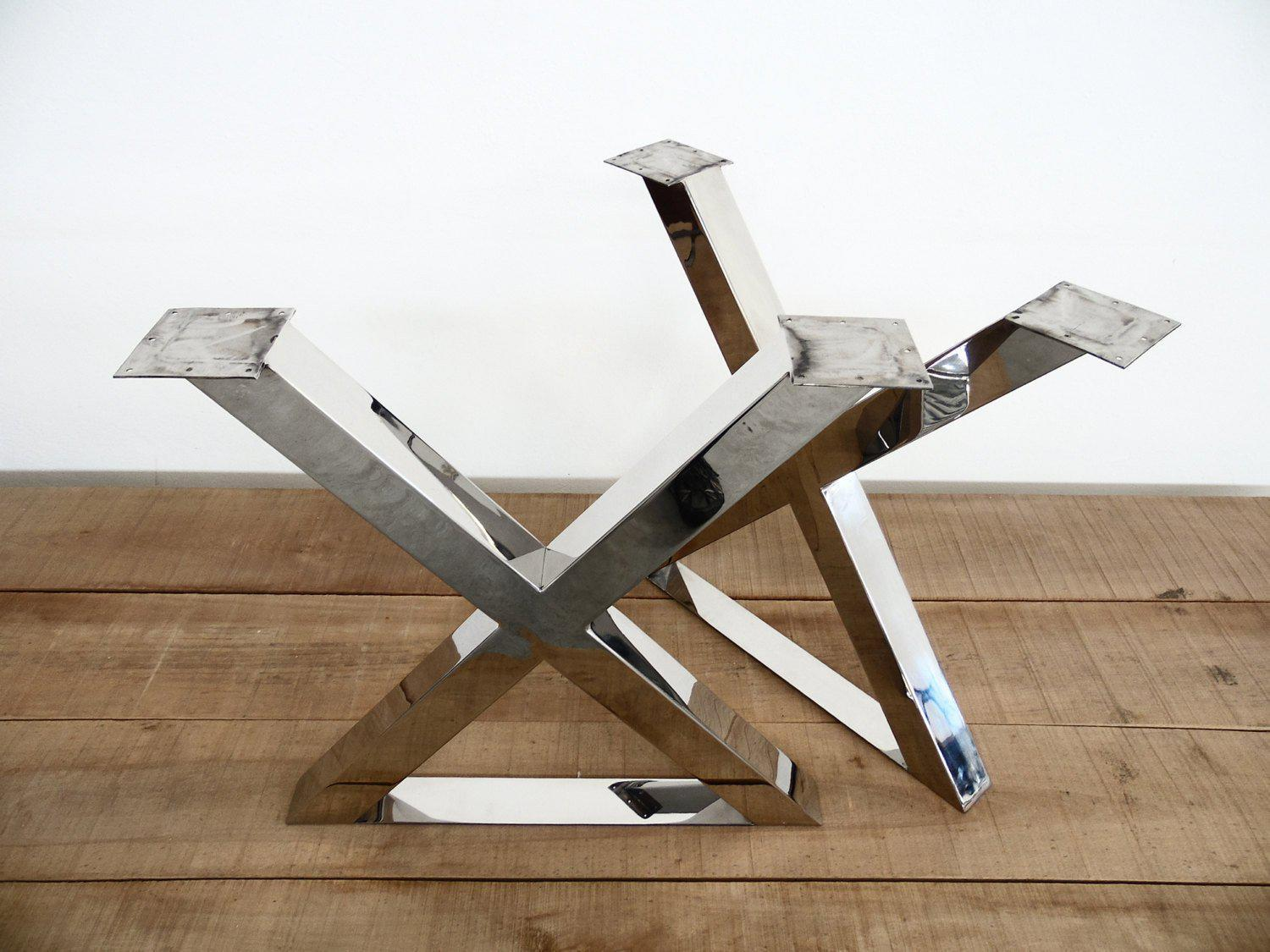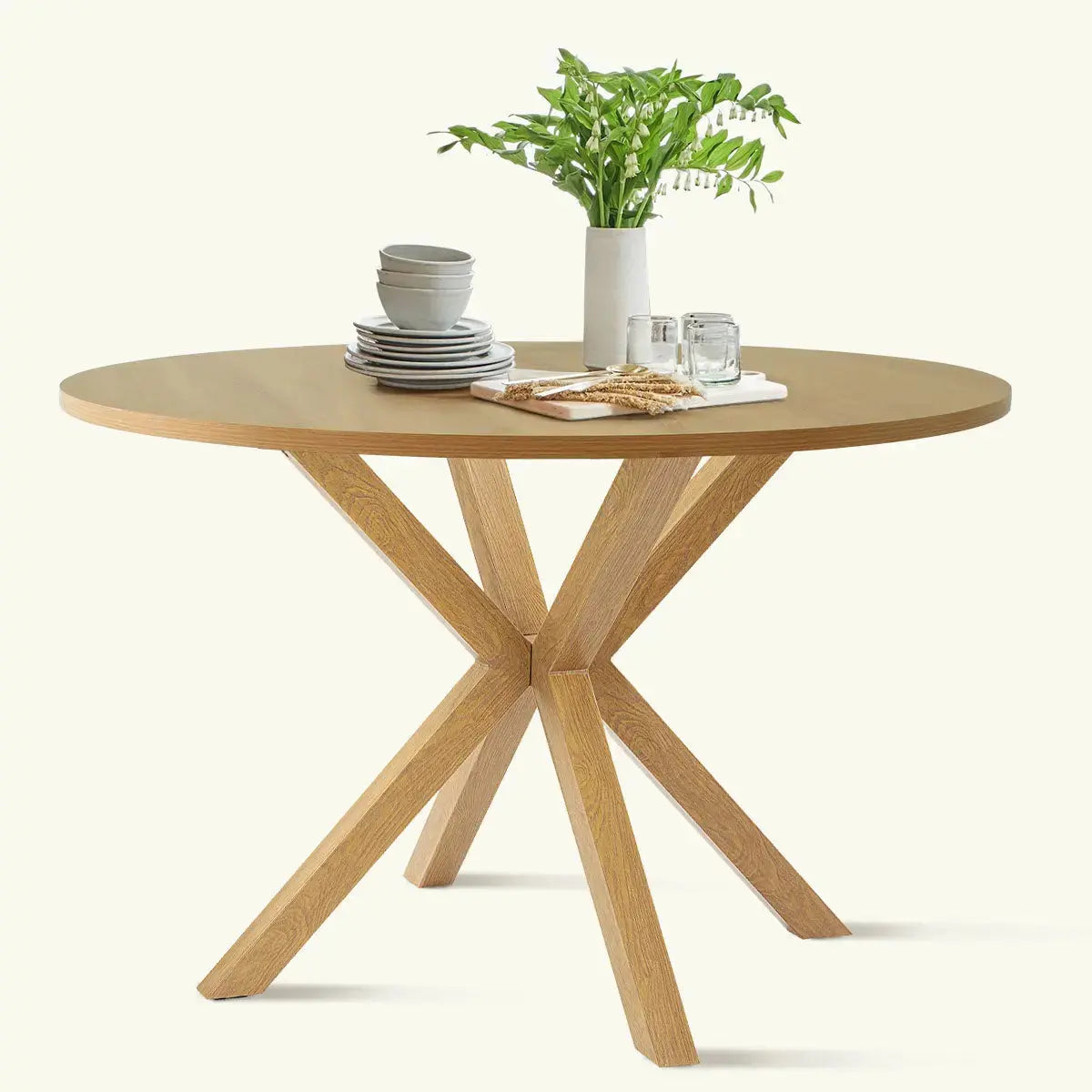Add Charm and Elegance to Your Space with Distinct Dining Room Table Legs
Add Charm and Elegance to Your Space with Distinct Dining Room Table Legs
Blog Article
From Standard to Modern: Find the Perfect Dining Room Table Legs for Your Design
While classic styles such as cabriole and transformed legs stimulate a sense of ageless class, modern styles like hairpin and geometric choices offer an opportunity for striking visual passion. As you consider these elements, the concern continues to be: just how can you seamlessly integrate these diverse leg designs to create a harmonious dining experience?
Recognizing Table Leg Styles
The selection of dining room table leg styles can considerably influence both the looks and capability of the room. Each leg design adds special aesthetic aspects and functional functions, satisfying varied design choices and use demands. Comprehending these styles is essential for selecting the right dining table that straightens with your total interior decoration vision.
For instance, conical legs supply a clean, classic appearance that can boost a space's beauty, while pedestal bases give security and make best use of legroom, making them ideal for smaller sized areas. Barrette legs, a trademark of mid-century modern design, present a commercial flair, permitting for a ventilated, open feel. Trestle legs evoke rustic beauty, supplying robust assistance and a sense of eternity.
Wood legs can bring heat and texture, whereas steel alternatives commonly convey a smooth, modern vibe. Ultimately, recognizing table leg designs is important for producing a natural dining area that shows individual design while ensuring functionality and convenience.
Traditional Table Leg Options
When selecting dining-room table legs, conventional choices usually embody timeless beauty and craftsmanship. These styles show an abundant heritage and a dedication to top quality, making them perfect for those who appreciate traditional aesthetics.
One of the most iconic conventional leg styles is the cabriole leg, characterized by its graceful curved shape. This design typically includes ornamental carvings and is most typically discovered in Queen Anne and Chippendale furniture. One more prominent option is the turned leg, which boasts a collection of smooth, rounded forms that give a timeless appearance while preserving stability.
Additionally, the straight leg, while easy, provides a durable and unadorned framework that can blend perfectly with a variety of tabletop designs. For those drawn to ornate outlining, claw-and-ball feet legs evoke a feeling of magnificence and can work as a spectacular prime focus in any eating area.
Finally, pedestal bases, although not purely legs, supply an alternate traditional alternative that permits for sufficient legroom and can be wonderfully sculpted. Each of these standard leg styles adds to the general ambiance of a dining-room, marrying function with visual appeal.

Modern Table Leg Designs
Modern table leg styles offer a diverse variety of styles that stress clean lines and ingenious materials. These layouts typically focus on functionality while acting as striking focal points within a dining room. Minimalist appearances are prevalent, with legs crafted from products such as steel, glass, and engineered timber, which add to a modern and airy feel.
One preferred design Find Out More is the hairpin leg, identified by its slim, tapered structure that gives stability without overwhelming the table top (dining room table legs). This design is frequently discovered in mid-century modern-day furniture and can effortlessly match numerous table shapes. One more pattern is making use of geometric shapes, where legs may handle angular or unbalanced forms, adding aesthetic interest and a touch of creativity

Blending Designs for Special Spaces
Commonly, home owners look for to create unique dining areas that reflect their personal design by mixing various style elements. This technique allows for the consolidation of diverse aesthetic appeals, causing an unified yet unique atmosphere. Combining a rustic wooden table with streamlined, contemporary steel legs can develop a captivating contrast that boosts the area's overall appeal.
Furthermore, integrating vintage table legs with contemporary table tops can stimulate a sense of background while preserving a modern-day sensibility. Such mixes not only showcase private taste yet additionally urge imagination, allowing property owners to curate an area that feels both personal my site and inviting.
Color plays a critical function in this mixing process; picking table legs that enhance or comparison with the existing color design can improve aesthetic passion. Whitewashed legs can soften the boldness of a dark table surface area, creating a well balanced aesthetic.
Tips for Selecting the Right Legs
Choosing the right table legs is crucial for accomplishing both capability and visual appeal in your dining space. Begin by thinking about the overall style of your room. Standard settings take advantage of legs that feature intricate carvings or transformed styles, while modern spaces may ask for smooth, minimalist designs.
Next, assess the elevation and stability of the legs. dining room table legs. Basic eating tables vary in between 28 to 30 inches in height, so make sure the legs complement this dimension for comfort. Furthermore, robust materials, such as wood or metal, can improve security and durability
Examine the leg form as well-- choices consist of straight, tapered, or pedestal styles. Straight legs provide a traditional appearance, while conical legs can add a touch of style. Pedestal bases supply adequate legroom and are optimal for smaller sized areas.
Conclusion
In summary, choosing the optimal dining space table legs requires careful consideration of both standard and modern designs. By harmonizing leg design, elevation, and material with the general decor, a cohesive and welcoming ambience can be achieved.
The variety of eating space table leg styles can dramatically influence both the looks and performance of the room. Eventually, recognizing table leg styles is essential for producing a natural dining location that reflects individual style while making certain usefulness and convenience.One of the most renowned typical leg styles is the cabriole leg, defined by its elegant rounded form. Straight legs supply a timeless look, while tapered legs can include a touch of elegance.In recap, picking the optimal eating room table legs needs mindful consideration of both standard and modern-day designs.
Report this page